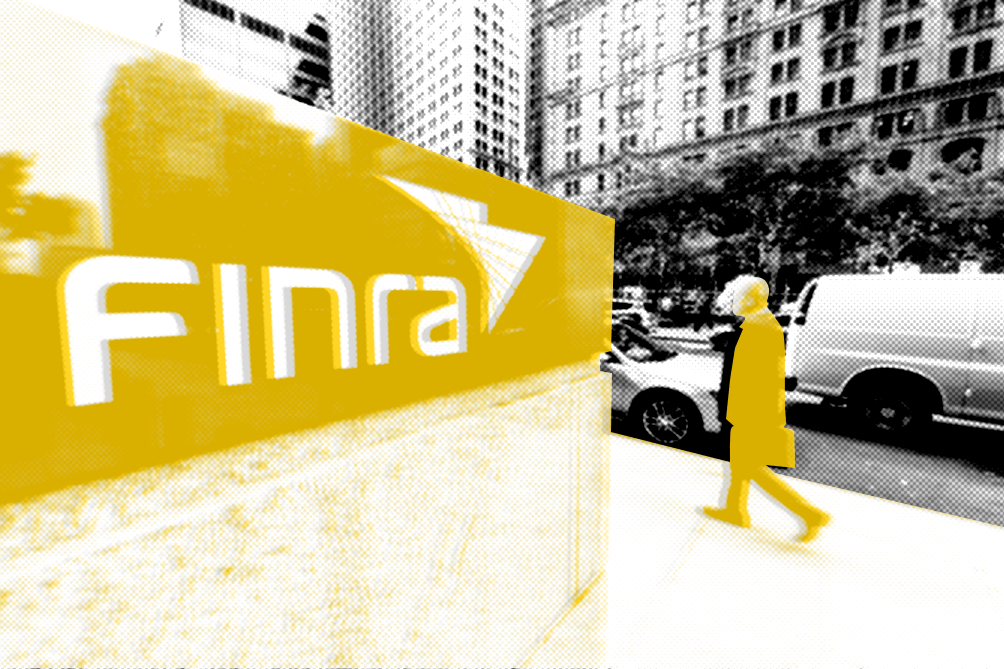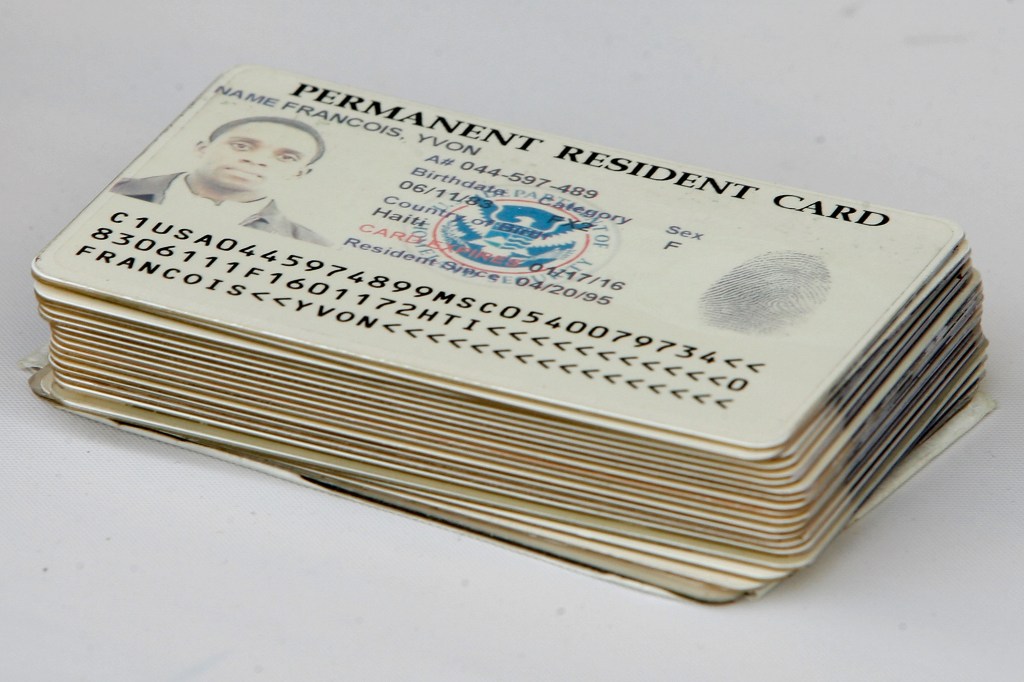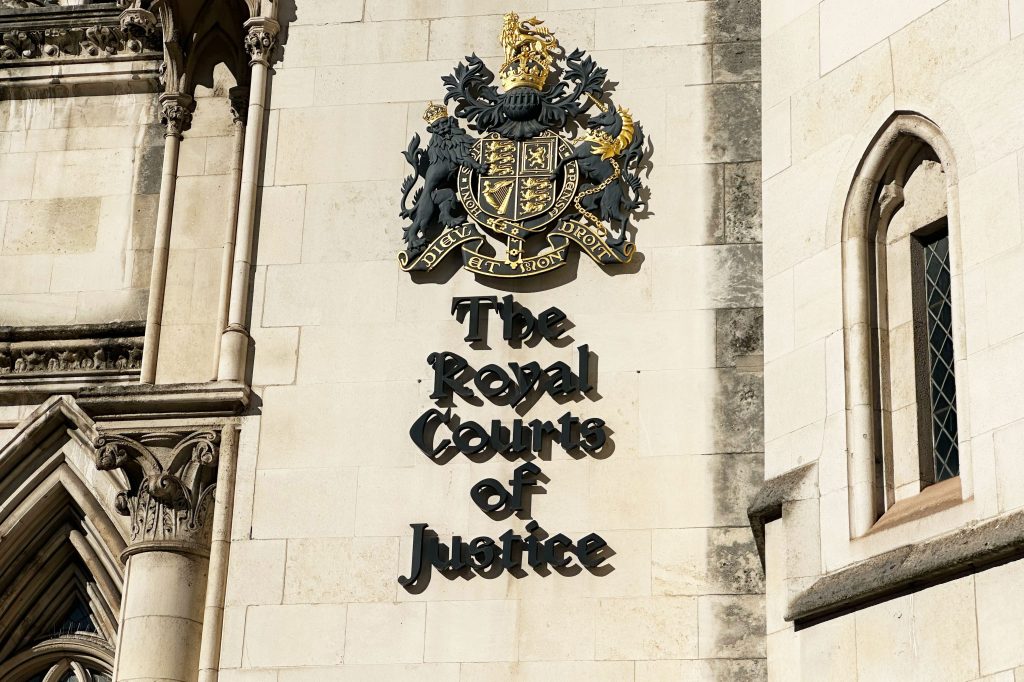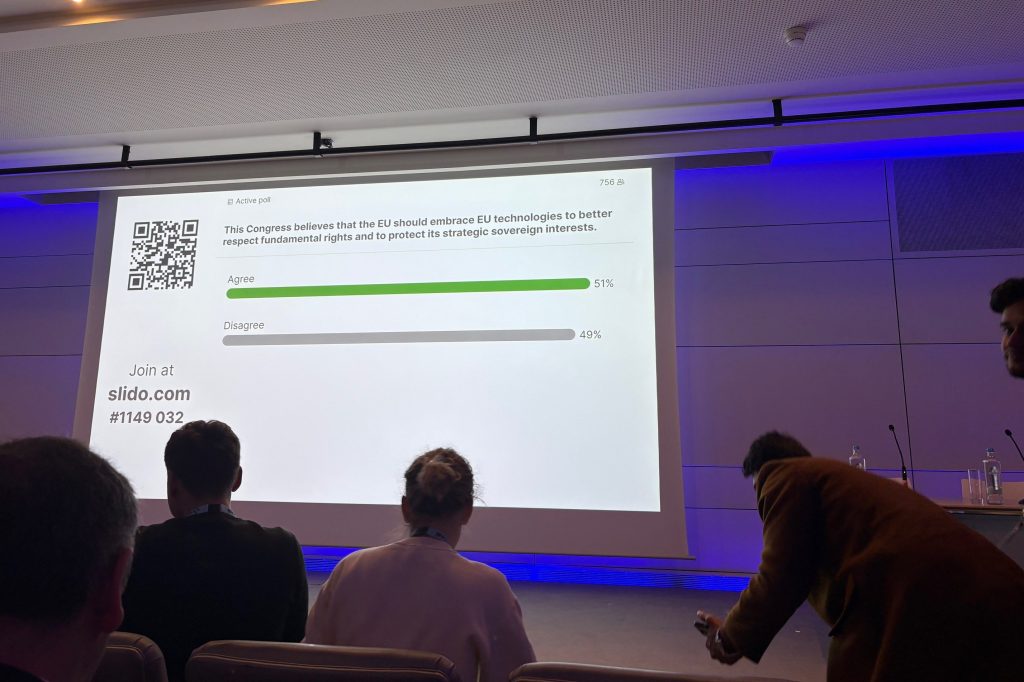This is the second part of the two-part series that analyses the EU and the UK approach to the regulation of cryptoassets, Part 1 focussed on regulation of stablecoins in the EU.
Unlike the EU, that has managed to develop one of the most comprehensive standalone regulatory frameworks on crypto-assets in the world the UK has opted for a more incremental, phased approach with the aim of embedding the new rules on cryptoassets in the existing financial regulatory framework.
In this process, the UK appears to be deliberately shaping rules mindful of its own post-Brexit policy priorities instead of simply creating a national framework that would largely mirror the EU Markets in Crypto-Assets (MiCA) Regulation.
Regulatory framework
The UK’s journey toward establishing a comprehensive regulatory framework on cryptoassets has been a protracted process that is still ongoing. The journey started in 2019, when the UK Government made the very first step toward regulating the crypto-industry by making targeted amendments of Money Laundering, Terrorist Financing and Transfer of Funds (Information on the Payer) Regulations 2017 (the MLRs) that effectively transposed the Fifth EU Money Laundering Directive (5AMLD) into the UK legal framework.
These amendments introduced the very first national definition of a cryptoasset that went beyond the definition of virtual assets under the 5AMLD, which introduced the FCA registration obligation for crypto-exchanges and custodian wallet providers that started to apply as of January 20, 2020.
In April 2022, the Treasury has unveiled for the first time some details about the possible UK approach to the regulation of stablecoins and other cryptoassets. In its response to the previous consultation, the Treasury has outlined a plan to create a comprehensive regulatory framework on cryptoassets in different phases:
- First by extending the scope of the existing financial promotion regime to qualifying cryptoassets (more on this in our previous article),
- Second, by creating a set of rules regulating fiat-backed stablecoins that are used for payments in the UK through targeted amendments of the E-Money Regulations (2011) and Payment Services Regulations (2017) that would bring the use of fiat-backed stablecoins as a means of payment within the regulatory perimeter, and,
- Third, by creating a broader regulatory framework on cryptoassets other than fiat-backed stablecoins, which would include rules applicable to issuers of cryptoassets as well as an authorization framework applicable to service providers (like crypto-custodians, operators of crypto-exchanges, other intermediaries etc).
Following 2024 elections, the new Labour Government has decided to finalize the UK regulatory framework on cryptoassets but with some amendments to the original proposal.
- Instead of applying the above-described phased approach, the Government has decided to create the UK regulatory framework on cryptoassets (for both stablecoins and other cryptoassets) in one go;
- Contrary to the original proposal, the Government would not envisage to regulate stablecoins as part of the UK payments and e-money regulations.
New proposal
By delivering on the Government’s promises, on 29 April 2025 the Treasury published adraft Statutory Instrument (SI) the Financial Services and Markets Act 2000 (Regulated Activities and Miscellaneous Provisions) (Cryptoassets) Order 2025 (draft SI), which shall serve as a basis for the creation of the comprehensive regulatory framework on cryptoassets.
Scope
The draft SI introduces targeted amendments to the Financial Services and Markets Act 2000 (Regulated Activities) Order 2001 (RAO) by:
- defining “qualifying cryptoassets” and “qualifying stablecoins” (the classes of regulated cryptoassets to which RAO shall apply);
- classifying “qualifying cryptoassets” and “qualifying stablecoin” as specified investments under RAO;
- extending the scope of certain specified activities under RAO to qualifying cryptoassets and qualifying stablecoins (like arranging, bringing about, deals in qualifying cryptoassets as principal or an agent, dealing in qualifying cryptoassets as principal or an agent, operating a qualifying cryptoasset trading platform etc);
- introducing new types of specified activities specific to the crypto-industry, like issuing of a qualifying stablecoin (see more on this below).
The definition of qualifying cryptoassets builds on the definition of cryptoassets contained in the Financial Services and Markets Act 2000 (FSMA) which covers any cryptographically secured digital representation of value or contractual rights that: (a) can be transferred, stored or traded electronically, and (b) that uses technology supporting the recording or storage of data – in addition, the definition of qualifying cryptoassets requires cryptoassets to be: (c) fungible and (d) transferable.
When it comes to stablecoins, the draft SI defines a qualifying stablecoin as a subcategory of qualifying cryptoassets “which references one or more fiat currencies, and which seeks to hold those fiat currencies or fiat currencies and other assets as backing assets to maintain a stable value”.
This broad definition intends to capture primarily fiat-backed stablecoins, which is another point of differentiation from the MiCA-framework in the EU. However the FCA is still seeking views on whether the application of the new regime to qualifying stablecoins referencing more than one fiat currency would be plausible (see more on this below).
Stablecoin regime
Following the publication of the draft SI, on May 28, 2025 the FCA has published a consultation paper which sets out its proposal for the regulation of stablecoin issuance and cryptoasset custody. To that end, the FCA has reiterated its previous stance that it is looking to regulate qualifying stablecoins as money-like instruments rather than as investment products, which has largely shaped the drafting of the proposed rules.
Further, the FCA is not looking to regulate qualifying stablecoins referencing one fiat currency in the same way the EU lawmakers did – that is by treating e-money tokens as e-money – instead, persons looking to issue qualifying stablecoins and e-money in the UK will need to comply with two separate sets of rules: (i) the new regime for qualifying stablecoins on the one and (ii) the rules under the E-Money Regulations (2011) on the other side.
When it comes to qualifying stablecoins referencing more than one fiat currency, the FCA acknowledges that the definition contained in the draft SI leaves a possibility for the application of the new regime to stablecoins referencing more than one fiat currency. Hence, the FCA is seeking industry views on the potential application of a similar set of requirements to issuers of qualifying stablecoins referencing more than one fiat currency.
Authorization
Issuers of stablecoins will have to obtain authorization from the FCA prior to engaging in this activity by a way of business in the UK. For the purposes of authorization and ongoing operation, issuers of qualifying stablecoins will need to demonstrate compliance with minimum requirements laid out in the Consultation Paper, which include amongst other:
Creation and design
The FCA requires the technical design of a qualifying stablecoin (its underlying coding and key features) to (i) be robust, (ii) to enable the qualifying stablecoin to function properly in accordance with its purpose and (iii) to allow the issuer to meet its regulatory requirements. This effectively puts a high bar for the issuers that will need to factor in compliance with the minimum requirements right from the outset (being effectively required to ensure compliance by design).
Redemption
Issuers of qualifying stablecoins will be required to provide all holders with the redemption right at pair value with the referenced fiat currency. Further, issuers will be required to ensure that that any charges and fees related to the redemption are proportionate and do not exceed the value of the stablecoins being redeemed.
The redemption will need to be completed within no more than one business day as of the moment the issuer receives a redemption request from the holder.
Backing assets
In order to maintain the value of qualifying stablecoins they issue, the issuers will be required to hold backing assets in amounts that are equivalent to the value of issued stablecoins.
The backing assets must be comprised of low risk, secure and sufficiently liquid assets that shall facilitate smooth and timely redemption. These shall include first and foremost at least 5% of on-demand bank deposits and other short-term deposits and short-term government debt instruments (core-assets).
Issuers will be required to implement internal risk management framework, including a liquidity risk management policy and a custody policy, that shall serve as a basis for the proper management of the risk related to and the backing asset pool.
Safeguarding of backing assets will be subject to requirements that derive from the well-known core principles of the existing FCA Client Assets Sourcebook (CASS): (i) client assets must be segregated from issuer’s own assets, (ii) held under a statutory trust established for the benefit of qualifying stablecoin holders, (iii) issuer is acting as a trustee that owes a fiduciary duty vis-à-vis the qualifying stablecoin holders.
Interest granting
The FCA’s aim to regulate qualifying stablecoins as money-like rather than investment assets has resulted in prohibition of interest granting – whereas issuers may retain any interest earned from the backing assets, they will not be allowed to pass these down to holders. This approach is consistent with the MiCA-Regulation that has introduced the same prohibition for stablecoin issuers that are subject to the EU regulatory framework on cryptoassets.
Two regimes at glance
Unlike the EU MiCA-Regulation, the proposed UK regulatory framework does not create a standalone regime that would apply to cryptoassets. Instead, it broadens the scope of and makes targeted amendments to the existing financial services rulebook based on the FSMA framework, well known to domestic and international players operating in the financial services industry.
When it comes to their application to stablecoins, two regimes are largely based on very similar principles, with some noteworthy differences.
First, the UK regime does not treat single currency stablecoins as e-money, which leaves all stablecoin related activities within the remit of the new regulatory framework on cryptoassets – something that the EU will be lacking following the expiration of the no-action period recommended by EBA (see Part 1 of the series for more on this).
Second, unlike the EU framework that applies to all persons offering asset-referenced tokens or e-money tokens to EU residents (which led to delisting of a great number of stablecoins from European exchanges in recent months) the authorization obligation under the UK framework targets entities operating in the UK.
Third, the FCA consultation paper on the stablecoin issuance indicates that the FCA will firstly develop the requirements applicable to qualifying stablecoins backed by a single fiat currency – in contrast to the EU regime that has right from the outset created a set of rules applicable to both single and multicurrency stablecoins as well as stablecoins backed by other assets.
Given that the UK regulatory framework is still in the making, it remains to be seen what its shape and form will look like in the end and more importantly what impact will it have on the crypto companies operating in the UK. In the EU, on the other hand, the effects of the MiCA-Regulation are already felt with the number of authorized crypto-asset service providers and issuers of stablecoins steadily rising across the EU 27.
It remains to be seen how these regulatory frameworks will impact further development of the stablecoin industry, primarily when it comes to use of stablecoins and similar digital assets for payment purposes – from settlement of financial transactions to processing of standard payment transactions, both of which are currently largely done based on several decades old legacy systems that hardly reflect digital reality the financial services industry of today is operating in.
Miroslav Đurić, senior associate, is a member of the Practice Group Regulatory. He advises financial institutions and non-financial entities across a wide range of topics in the areas of banking, capital markets, and payment services law.


















